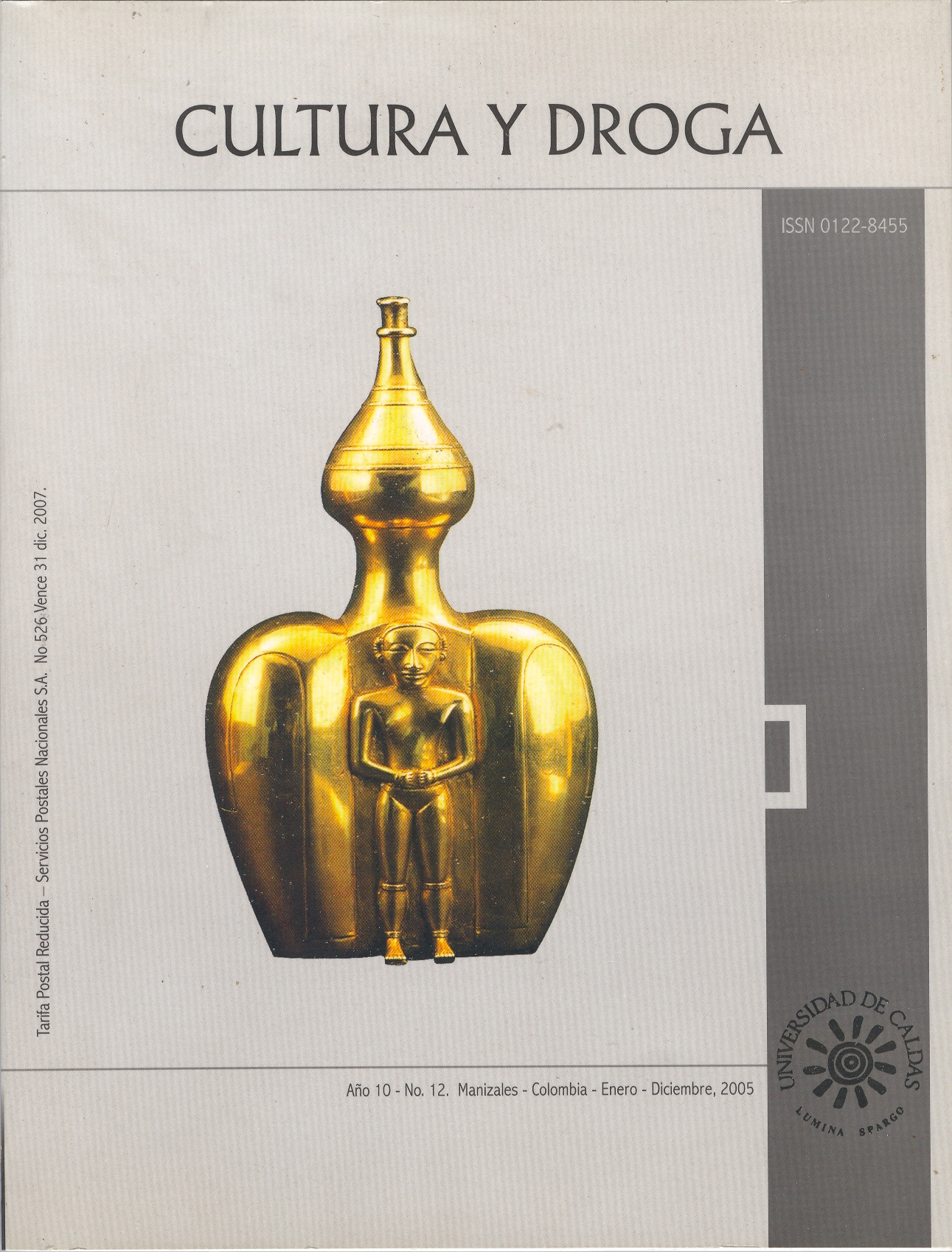Authors
Abstract
ABSTRACT THERAPEUTIC COMMUNITIES FOR CHEMICAL DEPENDANTS: BETWEEN “THEORTHERAPIES” AND “LAYTHERAPIES” This dissertation includes the reflections on the dilemmas which occur in the field of social construction of individual identities in modern contexts of social relations. In order to carry out this reflection, the analysis spaces with well defined social frontiers, both in discourses and in practices, are taken as the basis. Therapeutic communities refer to the “rehabilitation” of toxic substance dependents or, as they are known in popular language, “drug addicts”. Toxic substance dependents, due to their particular identity, configured by certain social values as prohibited, find refuge within these spaces of individual cure, aiming to transform the social stigma in other ways of being legitimized by society as a whole. In this way, the therapeutic aims of these forms of cure, lead toward the constitution of rehabilitation projects which seek to transform the stigmatized identity because the “drug addict” builds a life style which violates ethical and moral orders of modern society, which institutes imperatives of human
welfare and social integration. Two ideological orientations mediate the relationship between the therapeutic community and the “addict in recuperation”. One of these is of a Christian (religious) nature and the other is referred to in this dissertation as lay. From these orientations the therapeutic communities elaborate projects of social subjects (models of identity) which try to give an answer to the dilemmas and challenges which modern society establishes in processes of constitution of its
subjects.
References
DOUGLAS, M. (1996). Pureza e Perigo. Editora Perspectiva. S.P. 1996.
DUMONT, L. O. (1993). Individualismo. Uma perspectiva antropológica da ideología moderna. Editora Rocco. R.J.
______________. (1996). “A modified view of our origins: the christian beginning of modern individualism”. The Category Of The Person. Anthropology, Philosophy, History. Edited by Michaels Carrithers, Steven Collins & Steven Lukes. Cambridge University Press.
FOUCAULT, M. (1964). Historia de la Locura en la Época Clásica. Vol. I. Breviarios, Fondo de Cultura Económica, México.
____________________. (1979). Microfísica do Poder. Editora Graal, R.J.
____________________. (1999). Vigiar e Punir. 20ª. Edição. Editora Vozes, R.J.
GOFFMAN, E. (1963). Stigma. Notes on the Management of Spoiled Identity.Prentice-Hall, Inc. Englewood Cliffs, N. J.
_________________. (1999). Manicômios, Prisões e Conventos. Editora Perspectiva, S.P.
HEFNER, R. W. (1993). World Building and the Rationality of Conversion.Conversion to Christianity. Edited by Robert W.
Hefner, University of California. LÓPEZ FERNÁNDEZ, M. F. (1999). Comunidad Terapéutica de Colombia. Crónica de la Provincia, Tomo IV. Congregación de Religiosos Terciarios Capuchinos de Nuestra Señora de los Dolores. Provincia de San José. Editorial de la Fundación Universitaria Luís Amigó, Medellín.
MARCUS, G. (1991 ). Identidades passadas, presentes e emergentes: requisitos para etnografias sobre a modernidade no final do século XX ao nível mundial. Revista de Antropología Social, No. 34. USP, São Paulo.
MAUSS, M. A. (1996). Category of the Human Mind: the Notion of Person; the Notion of Self –translated by W.D. Halls–. The Category of the Person. Anthropology,Philosophy, History. Edited by Michaels Carrithers, Steven Collins & Steven Lukes. Cambridge University Press.
NARCÓTICOS ANÓNIMOS. (1991). Narcóticos Anónimos. Traducción de la quinta edición del libro Narcotics Anonymous. World Service Office, Inc. USA.
SEGATO, R. L. (1997). Formações de Diversidade: Nação e Opções Religiosas no Contexto da Globalização. Série Antropológica, No. 215. Universidade de Brasília.
SCHUTZ, A. (1974). Estudios sobre Realidad Social. Amorrortu Editores, Buenos Aires.
____________________. (1979). Fenomenologia e Relações Sociais (Textos escolhidos). Zahar Editores, R.J.
TAYLOR, Ch. (1996). The Person. The Category of the Person. Anthropology, Philosophy, History. Edited by Michaels Carrithers, Steven Collins & Steven Lukes. Cambridge University Press.
__________________. (1998). As Fontes do Self. A Construção da Identidade Moderna. Edições Loyola, S.P.
URREA G. F.; CASTRILLÓN V. M.D.C. (enero del 2000). Religiosidades fundamentalistas y alternativas en procesos de globalización. Revista de Estudios Sociales, Facultad de Ciencias Sociales, Uniandes/ Fundación Social-Universidad Nacional. No. 5, Colombia.
WEBER, M. (1964). Economía y Sociedad. Tomo I. Fondo de Cultura Económica,México.
ZANOTTA MACHADO, Lia. (1982). Identidade e Individualismo. Série Antropologia Social. No. 33, Universidade de Brasília.
______________. (1991). Tradição e neo-modernidade na América Latina: etnicidade e gênero. Revista Sociedade e Estado. Vol. VI, No. 1, janeiro/junho. Departamento de Sociologia, Universidade de Brasília.

 PDF (Español)
PDF (Español)
 FLIP
FLIP

















